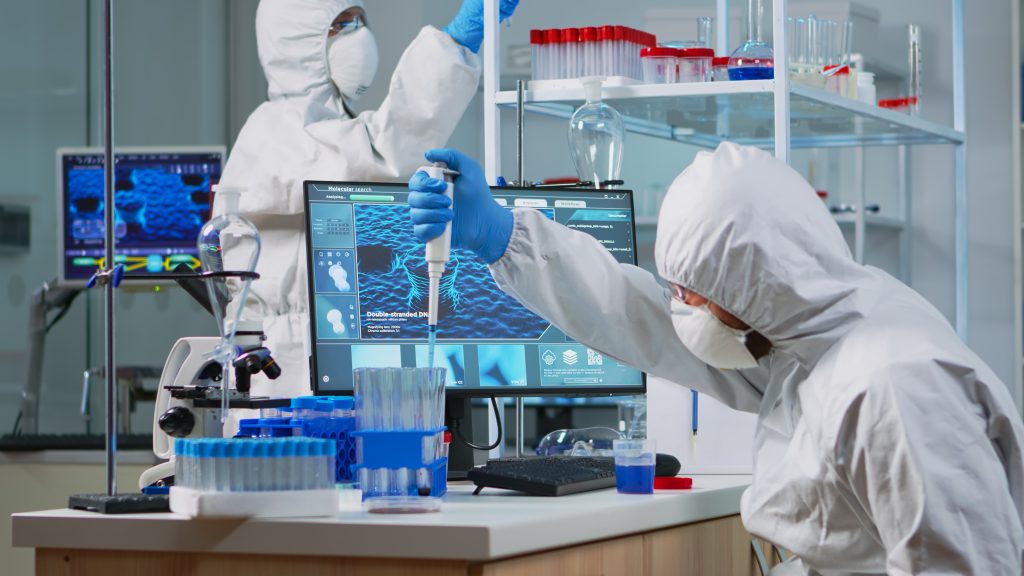Scientific Research and Experimental Development (SR&ED) serves as the cornerstone of innovation across various industries, but for highly regulated sectors like biotechnology and pharmaceuticals, the path to innovation is fraught with unique challenges. In this blog post, we delve into the specific hurdles faced by companies in these industries when it comes to SR&ED and offer strategies to overcome them effectively.
Challenges of Regulatory Compliance in SR&ED:
1. Evolving Regulatory Landscape: The biotech and pharmaceutical sectors operate within a dynamic regulatory environment, with standards and guidelines continuously evolving. Staying abreast of these changes while focusing on scientific exploration poses a significant challenge.
2. Balancing Innovation and Compliance: SR&ED projects often involve pushing the boundaries of scientific knowledge, which may conflict with stringent regulatory requirements aimed at ensuring safety and efficacy.
3. Documentation Burden: Meeting the documentation standards for both SR&ED claims and regulatory compliance can be arduous, requiring substantial time and resources.
4. Confidentiality Concerns: The nature of SR&ED projects often involves sensitive information and intellectual property, raising concerns about maintaining confidentiality while meeting transparency requirements mandated by regulations.
Strategies for Overcoming Regulatory Compliance Challenges:
1. Early and Ongoing Regulatory Integration: Engage regulatory experts from the outset of SR&ED projects to ensure alignment with evolving regulations and mitigate compliance risks.
2. Streamlined Documentation Systems: Implement efficient processes for documenting scientific research and regulatory compliance efforts to minimize duplication and optimize resource utilization.
3. Collaboration with Regulatory Bodies: Foster open communication channels with relevant regulatory authorities to stay updated on regulatory changes and explore opportunities for aligning SR&ED activities with compliance requirements.
4. Leveraging Technology: Embrace software solutions tailored for managing regulatory compliance and research data, enhancing efficiency and reducing the documentation burden.
5. Specialized SR&ED Consultants: Seek guidance from consultants with expertise in both SR&ED programs and industry-specific regulations to navigate complex compliance landscapes effectively.
The Importance of a Proactive Approach:
Taking a proactive stance toward regulatory compliance empowers companies in highly regulated industries to maximize the benefits of SR&ED programs while ensuring adherence to regulatory standards. This not only secures valuable financial incentives but also accelerates innovation, driving positive outcomes for patients and society as a whole.
Looking Ahead:
Collaboration among research institutions, regulatory bodies, and SR&ED program administrators is pivotal in establishing a framework that fosters innovation while upholding safety and ethical standards. As the pace of scientific advancement accelerates, efforts to streamline regulatory compliance within the SR&ED landscape must intensify to facilitate continued progress and societal impact.
For biotech and pharmaceutical companies, navigating the intricate maze of regulatory compliance in SR&ED is indeed challenging. However, with the right strategies and proactive approach, these obstacles can be overcome, unlocking the full potential of innovation in these critical sectors.
